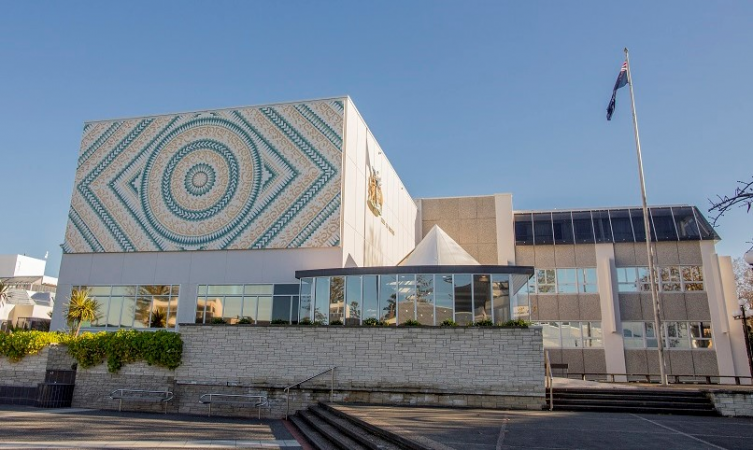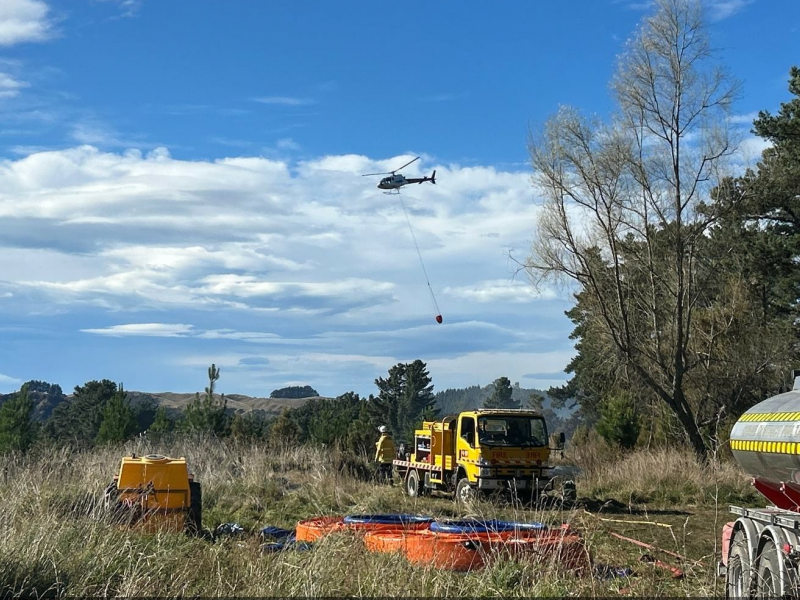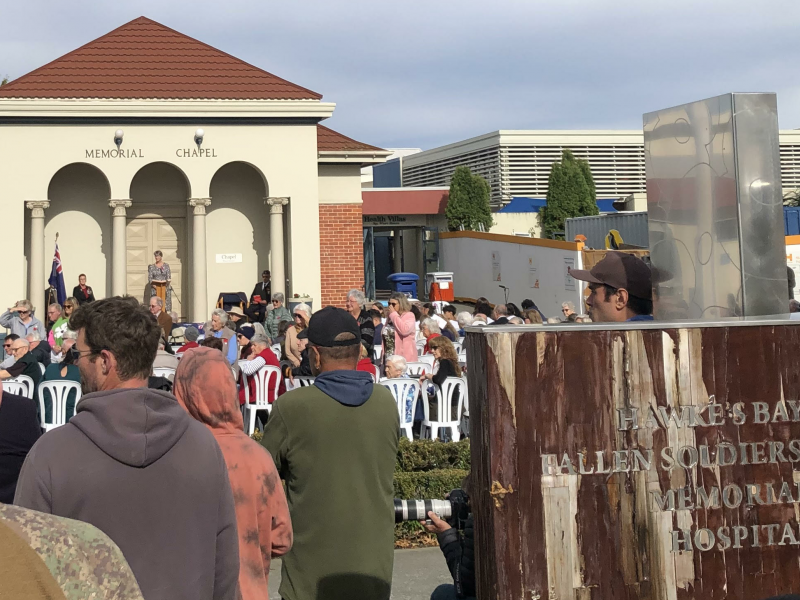Napier City Council votes to demolish quake-prone civic buildings
Napier City Council’s Civic Building will be demolished next year following a decision today by councillors, almost two years after the complex was found to be earthquake prone.
The fate of the building, initially meant to be decided on December 5, was deferred until today to allow new councillors to be better informed following new evidence contradicting an earlier assessment about the extent of the building’s risk.
An assessment conducted by Strata Group in 2017 found both the civic and neighbouring council library building only complied with 10 and 15 per cent respectively of the legal requirements for earthquake strength under the New Building Standards.
At the December 5 meeting, former top EQC structural engineer Graeme Robinson told councillors that his own assessment of the building in 2010 found it fully complied with earthquake standards.
Robinson said the Strata report recommended the building be strengthened or demolished within 7.5 years, but it did not explain the level of "earthquake horizontal force" applied in its calculations.
The council’s director of city strategy Richard Munneke said the proposal to demolish the civic building was not around seismic strengthening, but that it was no longer fit for purpose.
He said the civic building was prohibitively expensive to get up to modern building standards.
Since the closure of the buildings, the council has been spread out over several sites, including a customer service centre in Dunvegan House on Hastings St. The library has been housed in a temporary space in the MTG.
Without chambers, council meetings have taken place at various sites, predominantly the Hawke's Bay Regional Council chambers, although some meetings have been held at the Napier War Memorial Conference Centre, and McLean Park.
This morning, third-term councillor Graeme Taylor moved the motion to approve the tendering process, with the demolition to go ahead in 2020.
The demolition is expected to cost about $1.1 million, which would be ringfenced and recovered when a commercial decision was made on the site – either to lease or sell it.
Taylor said councillors have had a “significant opportunity” over the last two weeks to consider the issue, investigate and speak with numerous consultants, and to read a plethora of reports that have been provided over the last eight years.
“I believe that we are now in a position to move forward,” he said.
While much of the discussion has been about seismic assessment, Taylor said it is also “very important” to move forward and revitalise a part of the city that “over the last two years as has been described to us has started to become a ghost town”.
This includes the possible sale of the site, the development of the hotel, the reestablishment of the library, a connection between that civic site and the CBD through civic court.
First term councillor Sally Crown seconded the motion.
“I am looking forward to this end of town come back to life.”
























